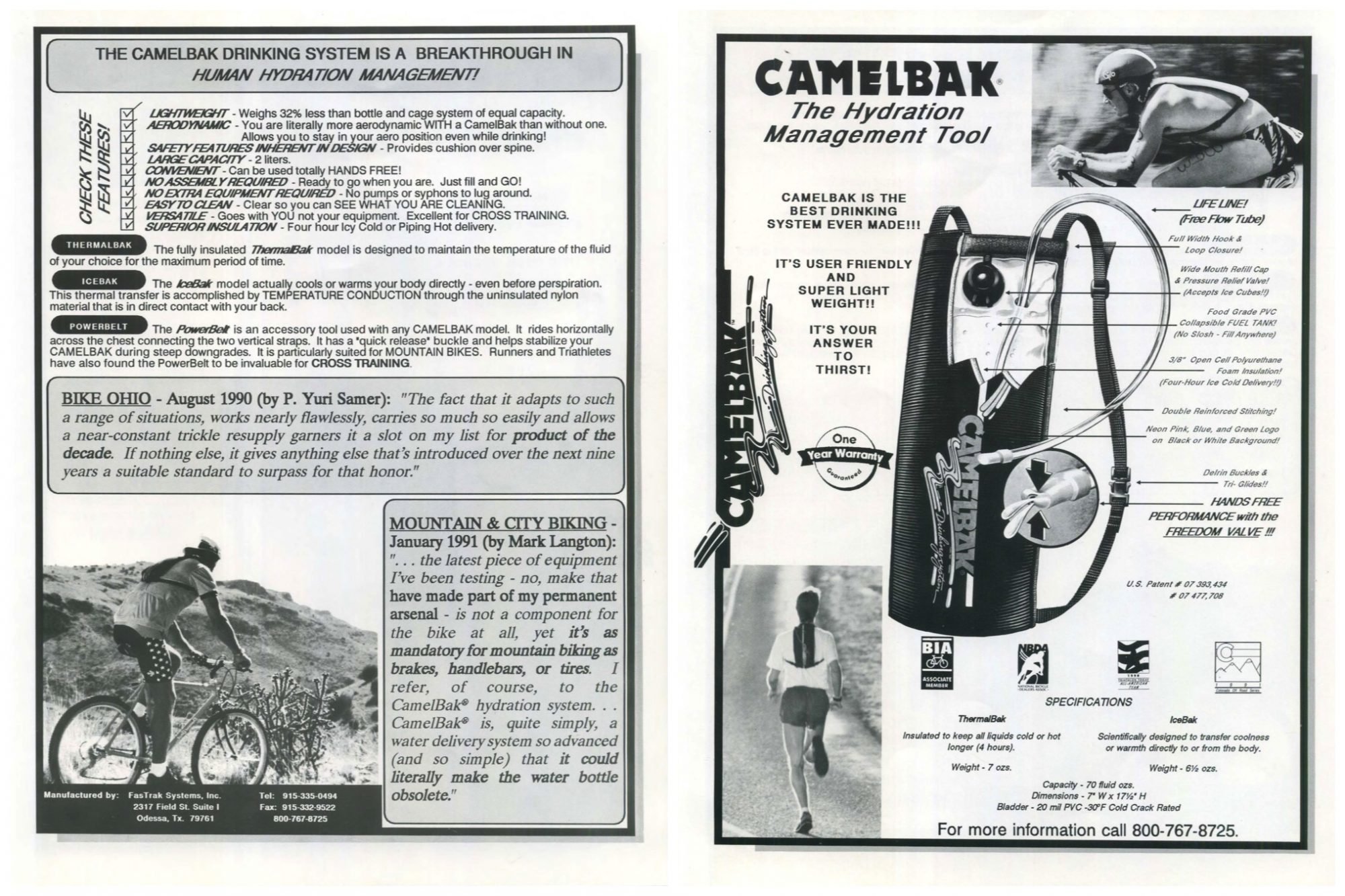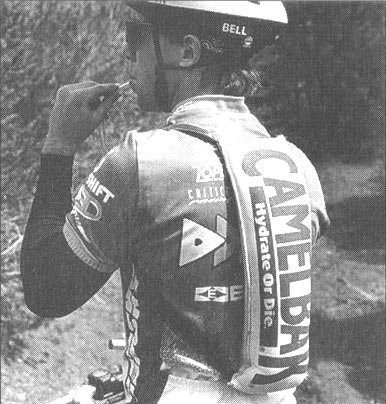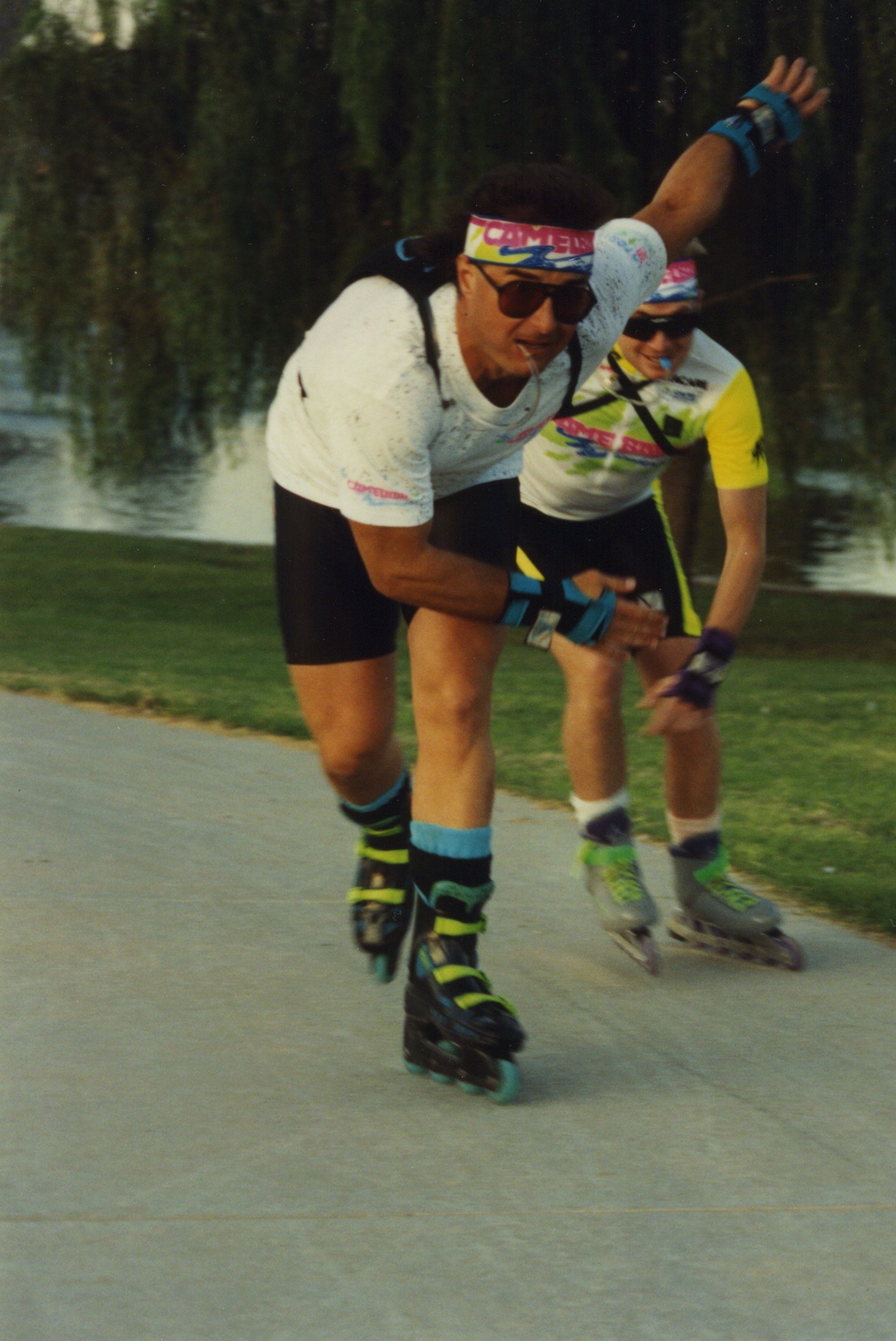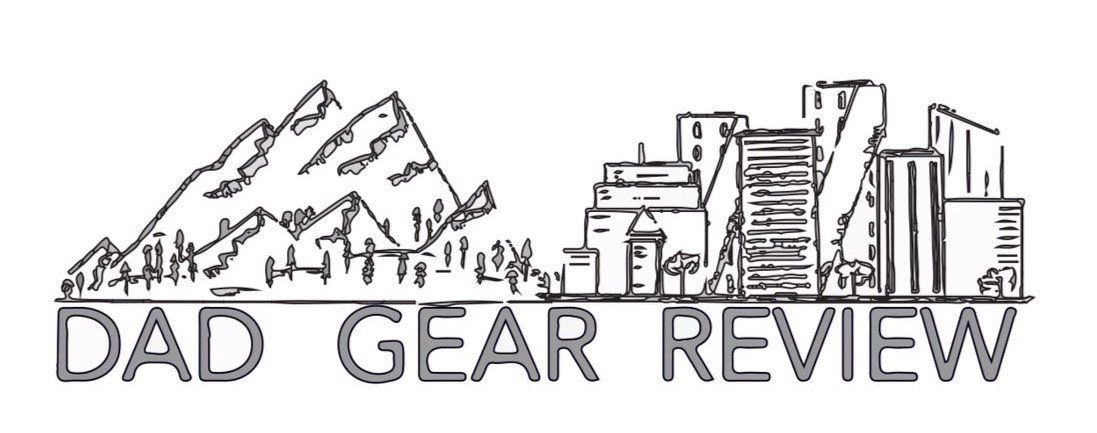
Camelbak
the OG Hydration Pack — How It Started, How It Grew, and What’s Next
You hear the term “category disruptor” a lot these days, but what does it really mean? In short, a disruptor is a company, brand, product, or service that fundamentally challenges — and, if successful, fundamentally changes —the way people were doing things in a specific walk of life. The most obvious examples of disruptors include Amazon changing how we shop, Facebook changing how we interact, and Tesla changing how we drive.
When it comes to the worlds of the outdoors, there have been many impressive disruptors over the years, such as when Sherman Poppen created the first snowboard in the 1960s (he called it the Snurfer) or when PrimaLoft became a viable match for down insulation. You probably expect that we’re about to call CamelBak a classic example of a disruptor, but we’re not.
CamelBak can’t really be called a disruptor because this company’s first product didn’t change or improve on a type of product that already existed; rather, it created an entirely new type of product category entirely. Which is why instead of a category disruptor, we think it’s more accurate to call CamelBak a category creator. As hard as it might be to believe it today when dozens of companies offer hydration packs in all shapes and sizes and specialized for all sorts of different uses, prior to the year 1989, nothing like the modern hydration pack had ever been seen.
To get the full story on what happened that year and all that the company has done in the intervening decades — plus to check in on what CamelBak has coming down the road — Dad Gear Review spoke to CamelBack vice president of product and marketing Steve Nadler.
Tell us about the origin story of CamelBak
“Bicycle enthusiast Michael Eidson was competing in the 1989 ‘Hotter 'N Hell 100,’” Nadler said, “and that's exactly what it is to this day: a 100-mile bicycle road race, over four days, in the grueling summer heat of Wichita Falls, Texas. Water is vital to surviving the race, but there are few places to refill, let alone time to stop. An emergency medical technician by trade, Eidson came up with a solution on the fly: he filled an IV bag with water, slipped it into a white tube sock (yes, an actual tube sock), and stuffed the whole contraption into the back of his bike jersey. He then threw the hose over his shoulder and clamped it shut with a clothespin. Hands-free hydration was born. And CamelBak was created to pursue it.”
A classic necessity being the mother of invention story, then, and in this case a story in which the creator of the idea quickly saw its potential. And, as Nader relayed, so too did athletes and outdoor industry professionals everywhere. Once Eidson had developed his IV bag in a sock into a bit more of a streamlined product, the stage was set for rapid growth. When was it clear that the famed IV bag jury-rig water delivery system was not going to be a one-off, but a starting point? And how and when did the brand really start to grow?
“Back in 1991 or 1992, CamelBak hired an ad agency to create the initial campaign for its new reservoir/hydration backpack, and it was quickly apparent it would change how people hydrated while riding their bike,” Nadler replied. “We had a sales representative who went on the road visiting mostly bike shops, and he was having so much success writing orders we needed to end his trip early and have him return to Texas because we could not keep up with the demand! By the way, CamelBak was not our name at the very beginning. The original company name was Fastrak Systems … Roger Fawcett, who acquired the patent to the bite valve, owned Twin Labs distribution company where we first began to manufacture and ship hydration packs, [and then] we changed the name around, 1995 when Krasco purchased the business from Roger.”
The efficacy of this product, by any name, was clear from the start. But what were the early days of CamelBak like in terms of product development, customer type, and so on?
“Our primary focus was mountain biking,” Nadler said, adding: “And every bike shop had to have a CamelBak when we first introduced them. But we quickly saw people using these packs for day hikes and activities beyond what we originally designed the products for, which was exciting. We also had people from the military reach out to us, as they had used our products riding their bikes and saw an unmet need in their military life too. This led to sales at on-base military retail stores initially and eventually led to contract-military business with the government that still exists today.”
What have been the greatest challenges in developing products? And the greatest successes?
“CamelBak is so well known for Hydration Backpacks that when we have introduced other hydration-related products like water bottles, our packs may overshadow them a bit. But to clarify, CamelBak’s DNA is about providing the best products for outdoor hydration and ease of carry, which could be a pack, a reservoir, a bottle, etc.”
What do you consider the flagship product(s) of CamelBak today?
“Our M.U.L.E. Hydration Packs, the Crux Reservoir, our Podium Bike Bottles, and Eddy+ Water Bottles, which [we make] for adults and kids.”
CamelBak may be the OG but there are many companies in the hydration space today — what sets CamelBak apart from the pack?
“We believe our commitment to quality is second to none. Also, our use of insights and knowledge of the outdoor consumer is a key differentiator and helps us to set the trends. And finally, we design and manufacture our own reservoirs and are the only major brand to do so.”
What are the latest products from CamelBak and what's coming next?
“We have so much new product coming in 2023. A few highlights include an updated Mini M.U.L.E. Kid’s Hydration Backpack, an updated and expanded line of our Octane Hydration Backpacks focused on “fast hikes,” a completely new lineup of Run Hydration Vests, and more.”
Do you have a personal favorite CamelBak product?
“My personal favorites are the Cloud Walker 18 Hike pack, which I love to use when on day hikes, and the Chute Mag Vacuum Stainless Steel water bottle which will keep my water ice cold all day.”
What are some basic tips you have for proper hydration during a trek, a ski day, a long ride, etc? And what are mistakes/misconceptions related to hydration?
“Great question! A lot of people think about drinking water when they get thirsty, but many times, that is too late. If you have a major ride, run, hike, or other strenuous activity coming up, you want to start hydrating well ahead of time. Many athletes start to hydrate the day before their game or event. Also, know before you go: our hydration calculator is really useful in estimating how much water you might need to bring with you based on your size, age, activity, temperature, and even your urine color.”
What are your tips for cleaning and maintaining water reservoirs?
“Take the extra few minutes when you get back home to properly clean and store your reservoir. The combination of moisture, darkness, and temperature, can lead to mold growth over time. One suggestion we have is to empty the reservoir making sure there is no residual water. After cleaning it, store it with a couple of paper towels inside it to absorb any excess moisture. We also sell cleaning tablets that are great for deeper cleaning or if you’ve been drinking something other than water, like electrolytes or energy drinks that may contain sugar.”




Photos c/o Camelbak


